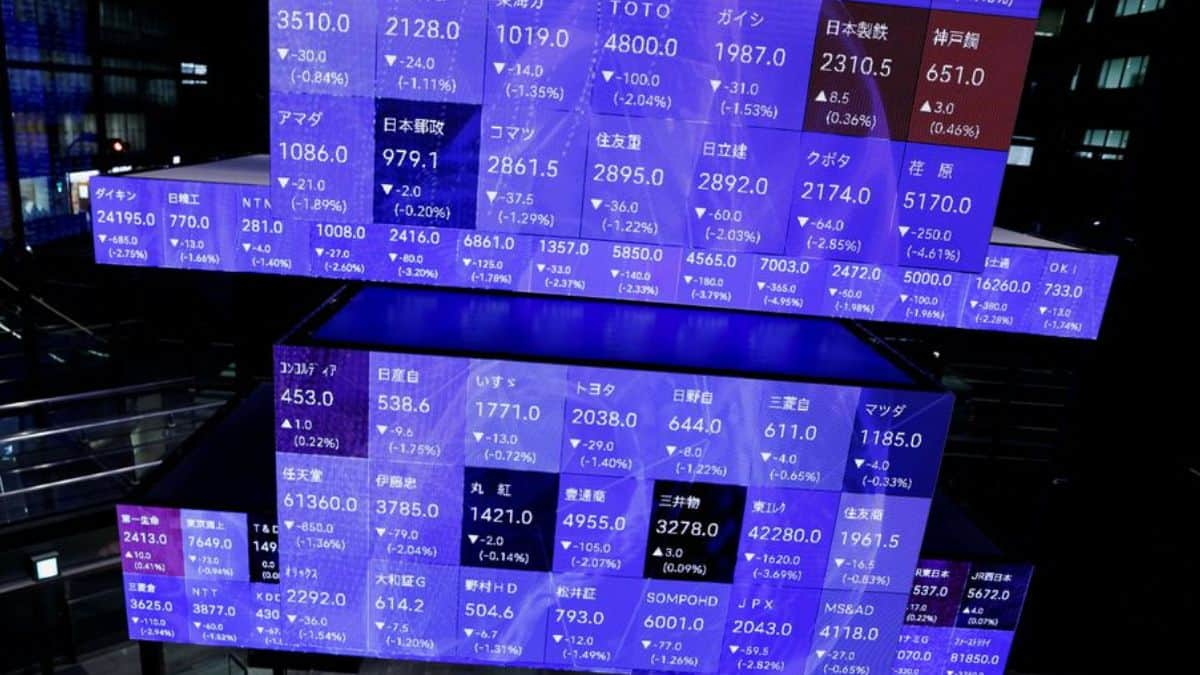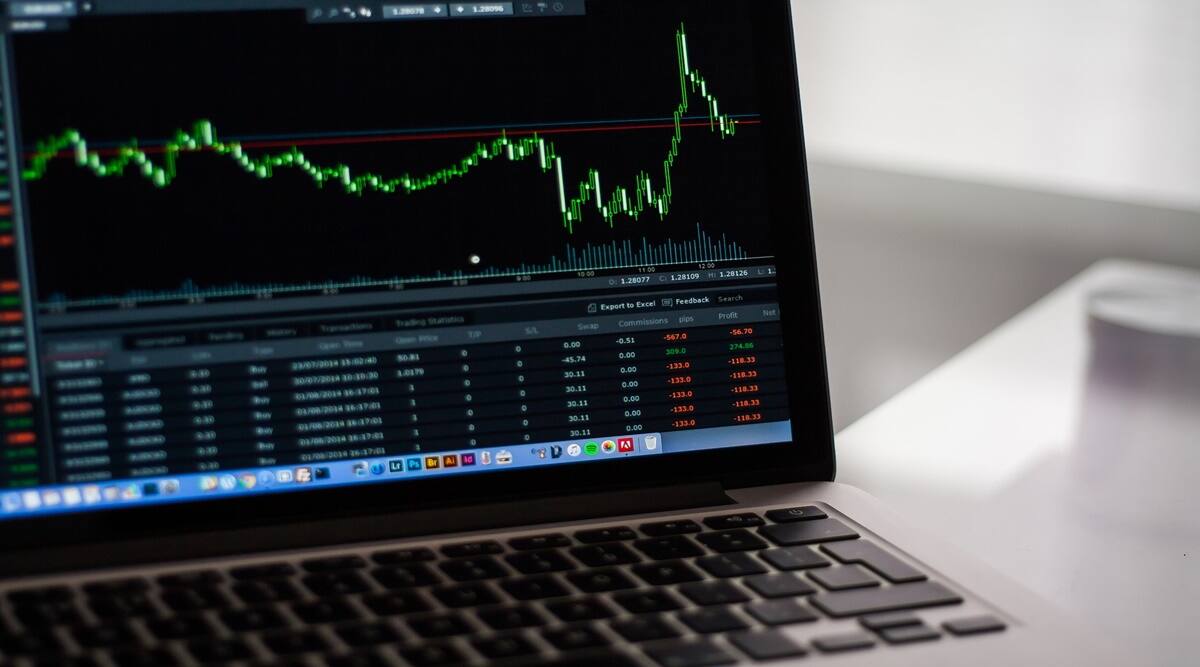World stocks rose on Friday on expectations China’s economy would strengthen as COVID-19 curbs ease, but stocks were heading for a 2% weekly loss in nervy markets ahead of the Federal Reserve’s policy meeting next week.
U.S. S&P futures were up 0.18%, while European stocks were steady.
Fed policymakers meet next week and are likely to announce a 50 basis point hike in the U.S. central bank’s lending rate, while indicating a slower pace of future rate hikes.
“The market is very much focused on what the Fed is going to do on Wednesday, no one wants to take on any big positions,” said Giles Coghlan, chief currency analyst at HYCM, though he added that Chinese stocks were helped by the fact that China had “made that COVID pivot”.
Also Read| Ambuja Cements, AKG among 72 NSE stocks to hit 52-week high, 20 scrips fall to 52-week low
The MSCI world equity index rose 0.22%, while MSCI’s broadest index of Asia-Pacific shares outside Japan gained 1.2%, edging closer to a three-month high hit earlier in the week.
Japan’s Nikkei climbed 1.2%. Britain’s FTSE lost 0.2% to an 11-day low, hurt by energy stocks.
Hong Kong’s Hang Seng index jumped 2.3% to three-month highs, with mainland developers up a whopping 9.9% to a four-month high. Chinese blue chips rose 1% to their highest in nearly three months.
The world’s largest investment banks expect global economic growth to slow further in 2023 following a year roiled by the Ukraine conflict and soaring inflation, which triggered one of the fastest monetary policy tightening cycles in recent times.
The U.S. producer price index for final demand is forecast later on Friday to show a rise of 7.2% in the 12 months through October, down from 8% last month, ahead of closely-watched consumer price inflation data next week.
University of Michigan sentiment data is also due later on Friday.
Data on Thursday showed some loosening in the U.S. labour market, with weekly jobless claims rising moderately.
Futures have priced in a near-certain possibility that the Fed will slow down its rate hike to 50 basis points next week, but the target U.S. federal funds rate would have to peak around 4.9% by next May.
“This slowing is not a signal that the central bank’s job is nearly done…the slower pace of hikes starts a new phase of the Fed’s tightening cycle,” said Brian Martin, head of G3 economics at ANZ.
“With inflation proving sticky and the labour market still buoyant, the risks to our 5.00% terminal view are to the topside.”
In addition to the Fed, the European Central Bank and the Bank of England are also set to announce interest rate decisions next week as policymakers continue to tap the brakes on economic growth through firmer rates to thwart stubbornly high inflation.
Also Read:Share Market Mid-day report: Sensex, Nifty trades in red; Asian markets rise
The U.S. dollar was steady against a basket of major currencies on Friday. It weakened 0.3% against the Japanese yen to 136.28 yen.
The euro was flat against the greenback at $1.0557, below a recent five-month high of $1.0594.
The yield on benchmark 10-year Treasury notes eased 2 basis points to 3.4760%. The two-year yield weakened 3 bps to 4.28%.
Treasury yields fell to the lowest in three years earlier in the week on expectations of slower growth or that a recession will curb the rise in U.S. rates.
German 10-year government bond yields, the benchmark for the euro zone, gained 3 bps to 1.85%.
Commodity prices rallied, with prices for iron ore surging 4.7% to the highest in six months amid hopes of improved demand from China.
Oil was steady as closure of a major Canada-to-U.S. crude pipeline disrupted supplies, but both benchmarks were heading for a weekly loss on worries over slowing global demand growth.
U.S. West Texas Intermediate (WTI) crude futures dipped 0.1% to $71.43 per barrel, while Brent crude was steady at $76.09 a barrel.
Spot gold rose 0.1% to $1791.59 per ounce.



